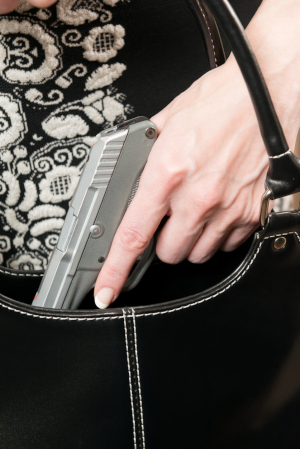
There are many laws surrounding concealed carry, so it can be hard to know when it is allowed or not. Knowing when you can and cannot carry a concealed weapon changes by state, so it becomes increasingly difficult to know what rules apply where you go. Here is a short guide of times and places where concealed carry is not allowed.
- Permits: Before you even consider carrying a concealed weapon, it is vital that you look at your state’s laws on concealed carry permits. Carrying a concealed weapon without a permit can land you in legal trouble, so it is important to get the proper licenses before you proceed.
- Public Facilities: Public facilities such as post offices, courthouses, and airports are “No Gun” zones. In line with post offices and courthouses, most federal buildings are also “No Gun” zones. These places may even state that no guns are allowed on the property, which can include drive-through post office stations. Schools are an obvious “No Gun” zone, but some universities allow guns on an individual campus basis.
- Private Facilities: When storefronts or other private buildings display a “No Gun” sign, the laws may depend on the state whether concealed carry is allowed in there. While it is not recommended, there may be certain situations in certain states where concealed carry may be allowed in a private building with a sign like that. However, it is mandatory that you look up your state laws before entering an establishment with that sign while carrying a concealed weapon.
- State Lines: Every state has different rules about concealed carry and permits, so it is important to look up the laws before you travel. Do not carry across state lines thinking that your permit will work everywhere.
While it may be difficult to understand all the rules for concealed carry, it is important to research. Make sure you understand the rules for concealed carry in your state, as well as places you are traveling to. Remember, ignorance of the law is not an excuse for not following the law.






